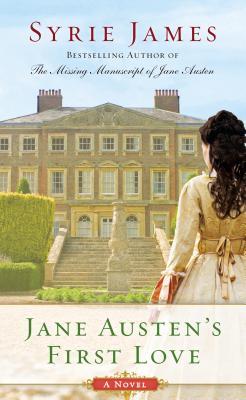Source: Perigee/Penguin Random House
Hardcover, 144 pages
I am an Amazon Affiliate
Chasers of the Light: Poems from the Typewriter Series by Tyler Knott Gregson is a collection of poems written on a typewriter Gregson found in an antique store in Montana. He wrote the first poem in this collection in the store on a page from a broken book he was buying for $2. A chance find in a store turned into a mission to bring light to readers and viewers of photography alike. In the introduction, he says, “In all I write and all I say, I am trying to chase the light that I cannot help but see around me. This book, in the simplest of terms, is a map my wandering feet have taken in that pursuit. It is simple words on random pieces of paper that snuck into my along the way. There will always be light, and I will never stop chasing it.”
"The oars and the compass, the anchor and the wheel, have long since abandoned me. Can you hear what I've longed to tell you, that I go where the waves wish to deliver me and you, my love, are the tide."
Many of these poems are about love and love that is lost. There are poems in which he asks to be haunted by his lost love and that he wishes to love every scrap of her that remains. In a poem early in the collection, he compares himself to a ship without a rudder and the lover is compared to a hurricane. In undulating rhythm, Gregson is a ship at sea carried away by waves — the waves of the tide, his lover. It is an unnamed poem, like all of them, that is beautiful in its simplicity. The love experienced in this poem is grand and overpowering. Each of these poems are typed on scraps of paper, pieces of books, napkins, and receipts. He also includes some gorgeous photographs, with accompanying poems.
In one gorgeous compilation piece, Gregson pairs a poem about being broken and healed with a photo of a dilapidated roof through which one shaft of bright light shines through. Like many of the poems in this collection, they are beautiful in their simplicity. He sheds light on the smallest of moments, like a flowering weed growing out of a bullet shell. We carry our loves and losses inside each of us, and they become part of who we are. What would we be without those past emotions and experiences. Chasers of the Light: Poems from the Typewriter Series by Tyler Knott Gregson is gorgeous from cover to cover,

Tyler Knott Gregson is a poet, author, professional photographer, and artist who lives in the mountains of Helena, Montana. When he is not writing, he operates his photography company, Treehouse Photography, with his talented partner, Sarah Linden. Visit him on Twitter, Facebook, Instagram, and Pinterest. Check out his Website.

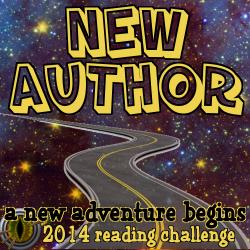
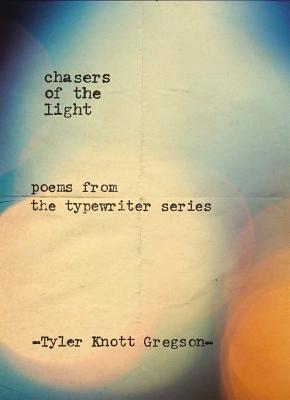

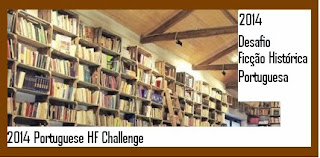

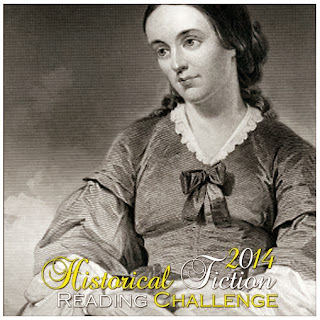





 About the Author:
About the Author: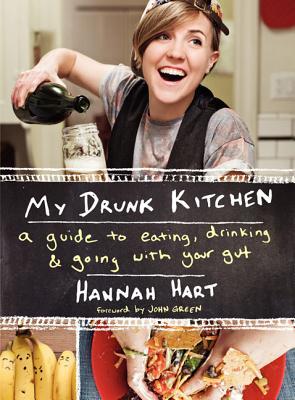
 About the Author:
About the Author: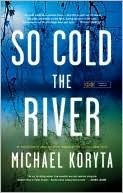

 About the Author:
About the Author:
